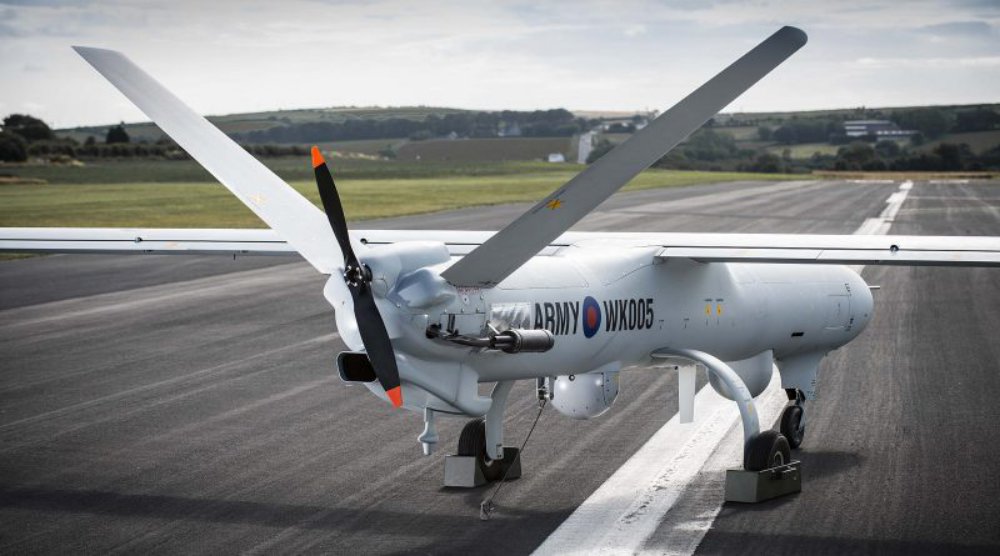UK army chiefs have had to put off bringing Watchkeeper fully into service after the troubled tactical unmanned aerial vehicle (UAV) failed to obtain a key flight safety certificate in November 2017.
In an unprecedented move, the UK Ministry of Defence’s (MoD’s) top civilian administrator, Permanent Secretary Stephen Lovegrove, wrote to the chair of the UK Parliament’s Public Accounts Committee, Meg Hillier, Member of Parliament (MP), at the end of January to notify her that Watchkeeper had missed its Full Operating Capability 1 milestone. In the letter, which was posted on the ministry’s website in early March, Lovegrove revealed that Watchkeeper had not been granted a release to service (RTS) clearance, also known as type certification, which is necessary to show that it is safe and reliable enough to be used in routine training and operations.
“Despite this, the capability could be deployed operationally without formal Type Certification should the operational imperative warrant the necessary Operational Emergency Clearance,” Lovegrove wrote.
The Watchkeeper programme continues to comply with parliamentary requirements for the control of expenditure, he said, concluding that it “remains a satisfactory use of public resources and that the programme should proceed”.
“Watchkeeper has flown thousands of hours, supported British troops in Afghanistan and could be sent on operations now if required,” an MoD spokesman told Jane’s on 20 March. “The release to service safety certificate is expected later this year.”
British Army sources said its sole Watchkeeper unit, 47 Regiment Royal Artillery based at Larkhill on Salisbury Plain, “continues to train and carry out exercises with Watchkeeper”.
Source: Jane’s 360

